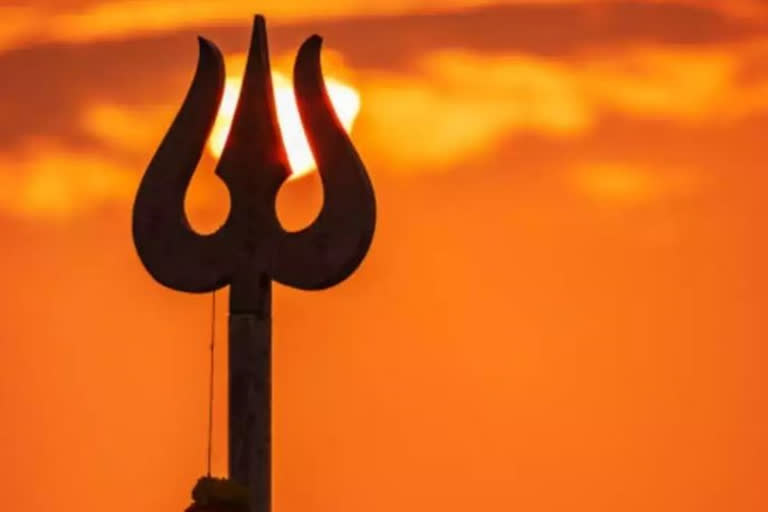Chennai: There is no chant of 'Har Har Mahadev' though it is a pilgrimage to Siva temples. Instead, the devotees, running and traversing on foot, chant 'Gopala Govinda'! Looks strange, yet it is unique and peculiar given the schism between Saivites and Vaishnavites.
The 'Shivalaya Ottam' touching upon 12 ancient Shiva temples is an annual event commencing at Munchirai on the evening preceding Maha Shivaratri with a holy dip in the Thamirabarani river and concluding at Thirunattalam at dawn the next day.
Clad in saffron robes, men and women, some even in barefoot and some with footwear holding a palm leaf fan, proceed in groups, small and big. They cover the temples at Thikurichi, Thirparapu, Thirunanthikarai, Ponmani, Pannipagam, Kalkulam, Melancodu, Thiruvidaicodu, Thiruvidancodu and Thirupanthicodu. It has been a local holiday in the district since 2011.
Amid the chanting of 'Gopala Govinda', the one who leads a group asks, “To see whom we run”, and the response is “Siva”. “What do we get”, he asks and they respond “Moksha”. Then, he asks “Where”, to this is the chorus “Here and Now”.
Then 'Gopala Govinda' resounds the air. At each of the 12 shrines, they take a dip in the temple pond and with water dripping have darshan. “They fan the deity with the palm fan and offer only coins,” says noted Tamil scholar and researcher A Ka Perumal, who has authored the book 'Shivalaya Ottam'.
The marathon is said to be a re-enactment of the puranic story in the Mahabharata involving the fight between Bhima and Purusha Mirugam, a ferocious animal with human head and body of a tiger. A staunch devotee of Shiva, it will not tolerate the name of any other god. It would eat up any creature entering its territory but lose all strength if it steps out of its boundary.
Also read: President offers prayer at Madhurai's Meenakshi Sundareswarar temple
After the war, Yudhishtra, the eldest of the Pandavas, performs the Rajasuya yaga for which he requires the milk of Purusha Mirugam. Sri Krishna chose Bhima for this task and gave him 12 rudraksha beads. Bhima should enter the territory of the man-animal and lure it to step out. When it comes closer, he should drop one of the beads which would turn into a Shiva Linga, forcing the animal to pray so that he could move ahead.
When Bhima dropped all the beads, one of his legs was outside the animal's territory while the other was inside. And the dispute went to Yudhishtra who said Bhima's body be split into two with one half given to Purusha Mirugam. Hearing Yudhishtra's fairness, the animal was moved and at the same time, the lord appeared as Shankara Narayanan, reiterating that Hari and Shiva are one and none should be despised.
Leaving the puranic connect aside, Perumal says, “the marathon is a tradition of not more than 150 years. Initially, it was started by a numerically tiny community following Sri Krishna. It is a peculiar local form of worship that has gained popularity over the years. It can be said this helped bridge the Saivite-Vaishnavite schism. Even the Purusha Mirugam legend is not part of the Mahabharata text. Yet, there is a stone sculpture at the Munchirai temple, which is of a later period.”
The scenic villages and hamlets along the 88-km stretch of the marathon, which seldom see visitors in large numbers, spring into life during this time. People offer food and 'panakam', the traditional energy drink, to the weary devotees. Temporary shops too make brisk business.
For Aravindan Neelakandan, contributing editor of Swarajya, “This spiritual marathon has a great potential to boost religious pilgrimage in novel ways. It could give spiritual experience in a very historical context. For example, the rock cave temple of Thirunanthikarai with many inscriptions and paintings is attributed to the imperial Cholas. The paintings are lost but could be retrieved with expert help.”
On the popularity of the annual event, he says “even Marxists have put up posters, with a picture of Vivekananda and not of Marx or Lenin, welcoming the pilgrims.”



